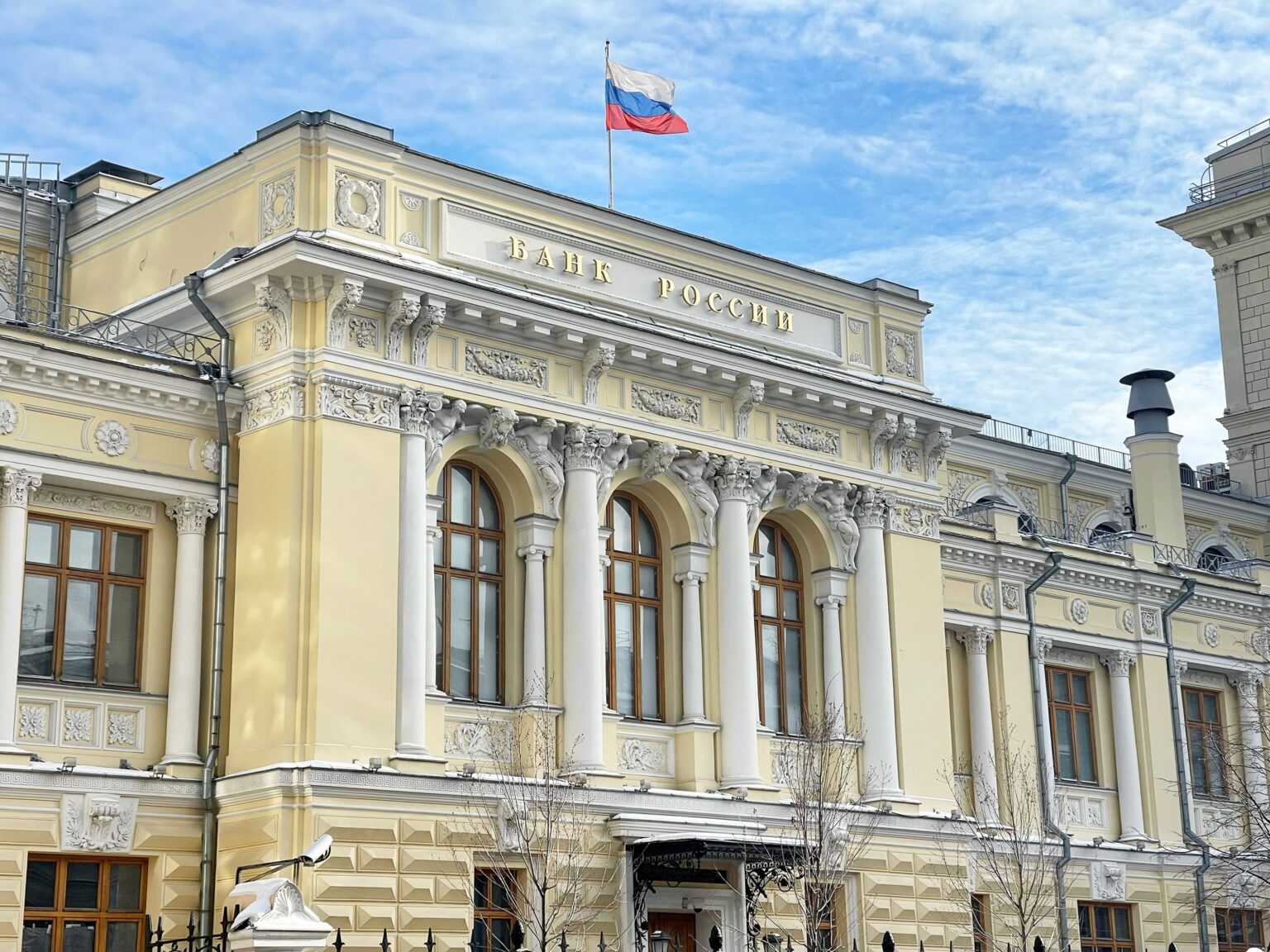Central Bank Confident Despite Rising NPLs
Russia’s Central Bank, led by Governor Elvira Nabiullina, has categorically dismissed concerns about a looming banking crisis, even as bad and restructured loans increase. The share of non-performing loans (NPLs) has surged, partly due to a tight monetary policy pushing interest rates above 30%, making corporate refinancing more challenging. Still, the regulator says the system remains resilient, underpinned by a hefty capital buffer of approximately ₽8 trillion (~USD 101 billion).
Nabiullina reassured that “having full information” on banks, the central bank sees “no risk of a looming crisis.” Crucially, lenders have not drastically escalated loan-loss provisions, profits remain robust, signaling that rising NPLs haven’t yet translated into financial instability.
NPLs Elevated but Manageable
Data from VTB Bank, Russia’s second-largest lender, shows loans overdue by more than 90 days stood at 5% in May. Although this could reach 6-7% in the near term, it remains well below the 10% peak observed during the 2014-16 crisis. VTB’s deputy CEO further noted that just 3% of corporate loans are being restructured, suggesting that distressed credit is being monitored and addressed proactively.
Capital Economics frames current NPL ratios, at around 6%, as “fairly low by Russian standards,” recalling that the long-term average since 2010 is closer to 8%. A think tank’s May report (CMASF) still warns that a systemic crisis remains a risk if NPLs exceed 10%, depositors withdraw funds en masse, or bank recapitalizations surpass 2% of GDP, but emphasizes these haven’t materialized.
Strong Measures and Sustained Profits
To bolster financial buffers, the regulator introduced a countercyclical capital buffer in February (0.25% of assets) and increased it to 0.5% on July 1, with a possible rise to 1% under discussion. Beyond that, since 2017 the central bank has refrained from major bailouts, another positive stability indicator .
Meanwhile, Russia’s banking performance in 2024 turned in record-breaking results: aggregate profits hit ₽4 trillion (~USD 41 billion), buoyed by high net interest margins that offset decelerating loan growth. Though mortgages slowed sharply, from +34.5% to +12.4%, corporate lending grew 17.9%, while overall NPL share slightly declined to 3.8% due to a growing loan base.
Despite these peaks, caution is warranted: the central bank forecasts that lofty interest rates and regulation will likely compress profits in 2025. VTB’s boss warned margins will tighten due to higher provisioning for indebted firms and stricter capital rules.
Broader Economic Context and Policy Outlook
Nabiullina has also flagged broader macroeconomic challenges, citing a slowing economy (growth projected at 2.5% in 2025), persistently high inflation (~9.5% in 2024), and a strengthened ruble that complicates export dynamics. On July 2, she remarked that inflation is easing faster than expected, suggesting room for rate cuts,though she warned technological shifts and global trade turbulence may bring structural risks .
The central bank has been adjusting its benchmark rate, cutting from a peak of 21% in April to 20% in June, and continued monitoring suggests further easing could follow if inflation decelerates . Meanwhile, domestic deposit growth appears to be stabilizing: household deposits grew ~7-12% in 2025, and corporate deposits remain solid at 5-10%, offering steady liquidity support



